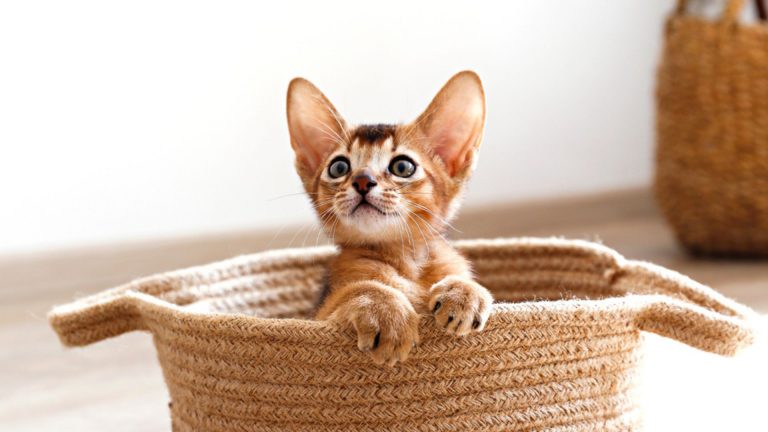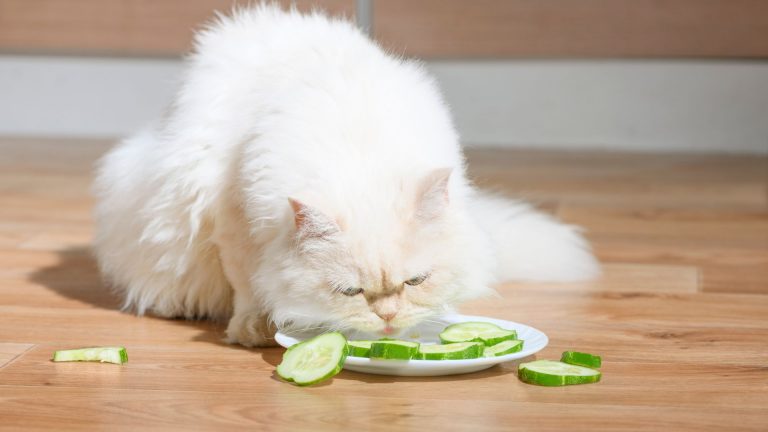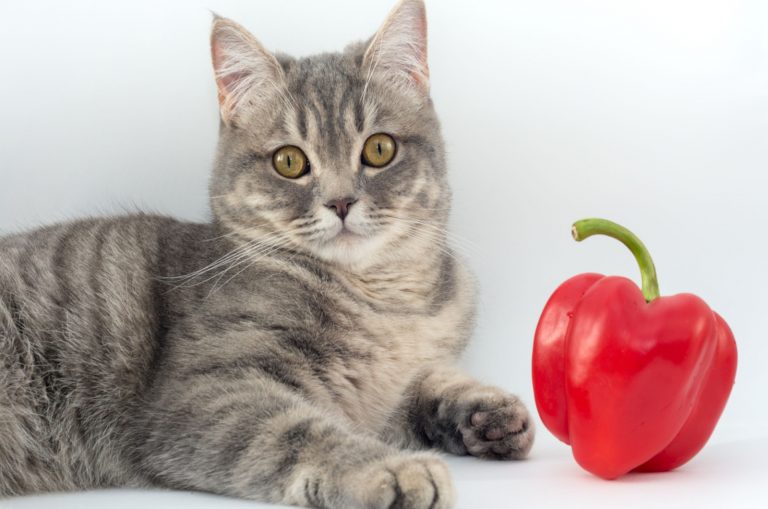How To Grow Wheatgrass For Cats, Possible Risks And Benefits
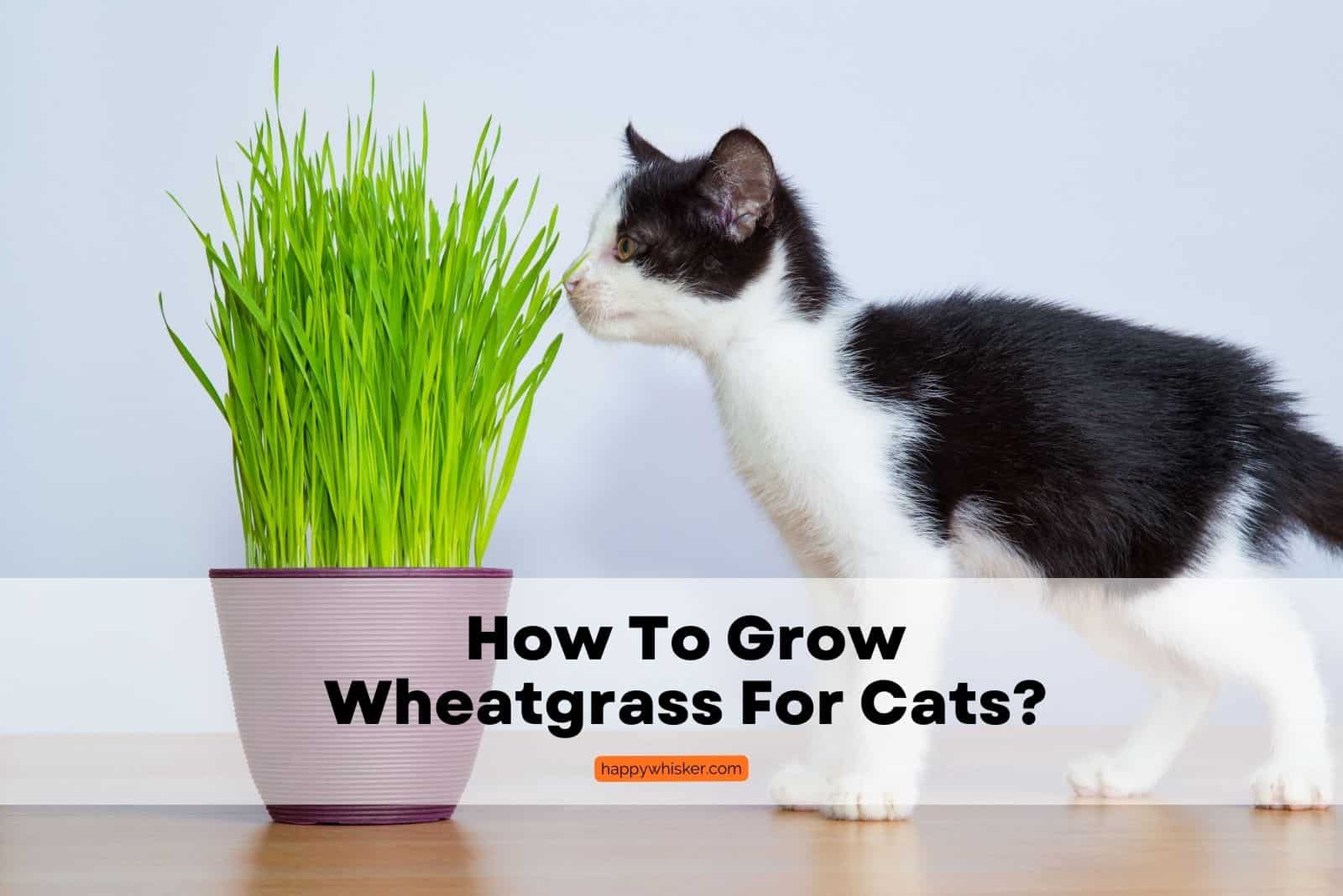
Wheatgrass is high in natural (plant-based) fiber, but the problem is cats cannot digest them. Nonetheless, the plant promotes intestinal health.
Wheatgrass causes cats to vomit, so if your cat eats wheatgrass, it can clear its digestive system of any foreign substances, such as hairballs and other objects that could otherwise cause constipation and obstruction.
You just need to be careful about the amount of wheatgrass your cat eats, and if you decide to feed it to your cat, plant and grow your own wheatgrass as it’s the safest!
Wheatgrass contains a lot of vitamins and minerals, which can boost your cat’s immune system. So, why buy expensive supplements when you can plant and grow a natural one?
All You Need To Know About Wheatgrass For Cats

Wheatgrass is good for a cat’s diet when you’re trying to encourage some weight loss in obese felines. Wheatgrass is safe for all cats, no matter their age or breed.
It is particularly suitable for kittens and cats with diabetes because it is low in carbs. Even though wheatgrass is safe for all cats, it’s best not to overdo it.
Remember, wheatgrass can easily turn from healthy to harmful when it comes to cats. So, be on the lookout!
What Is Wheatgrass
Wheatgrass is a thick-bladed dry cat grass in its original uncooked condition. Wild wheatgrass develops quickly and can reach maturity in less than 10 days.
Wheatgrass sold in supermarkets (where most people first experience it) is often harvested while the plant is fairly young. Wheatgrass is also produced for cattle grazing, and wild species such as antelope and deer appreciate it as well.
It has gained the epithet “green blood” because of its high chlorophyll concentration, which gives this grass an especially vivid green color. The epithet, however, alludes to the plant’s cells, which are structurally similar to the red blood cells in the human body.
Charles F. Schnabel, a chemist, was the first to cultivate this plant. His initial motivation for doing this was to save chickens!
Schnabel rescued a flock of sick hens and started feeding them new types of grass, including wheatgrass; the chicks healed and laid a lot of eggs. Then he and his family started eating it, launching a new nutrition movement.
Benefits Of Wheatgrass For Cats
Wheatgrass is often called or referred to as a nutritional wonder. However, many claims regarding the ability of wheatgrass to calm or heal are overblown or based on little evidence.
However, the use of wheatgrass in several areas of human and veterinary care remains an intriguing topic. Researchers may still find concrete benefits.
And, despite the debate, there are some health benefits of wheatgrass; it includes important minerals and vitamins such as vitamin A, E, and C, iron, and selenium. Wheatgrass has an extraordinarily high protein content for a plant.
While the wheatgrass plant is young, its protein content is highest, and this decreases as the plant ages. It also includes a lot of non-digestible fiber, which can help get your cat’s digestive system.
Side Effects Of Wheatgrass

The most common side effect reported by cat owners is increased vomiting or diarrhea. Because your cat isn’t able to digest wheatgrass, the fiber will either cause or prevent your cat’s stomach from passing whatever it is that’s stuck inside.
Consult your vet if your cat appears to be vomiting a lot or if its litter box habits have suddenly altered. Although eating fresh wheatgrass is beneficial to cats’ health, there are some downsides.
Upset Stomach
Wheatgrass upsets the stomachs of cats. This means that if your pet consumes it, he or she will probably vomit or have diarrhea. Furthermore, it can also result in secondary issues such as dehydration and a loss of appetite.
Consuming wheatgrass might cause dangerous poisoning depending on where your cat got it from. To keep outdoor wheatgrass healthy, herbicides and other harmful chemicals are often utilized.
Can Be Toxic
Certain compounds can cause poisoning in cats, dogs, and other pets. Unfortunately, the degree of harmful side effects to cats cannot be predicted. In the worst-case scenario, the cat’s body may be unable to battle the toxins.
I highly suggest you keep an eye on your pet’s grass-eating habits at all times, so you can be safe and act quickly if anything happens.
Home-Grown Is The Safest
Wheatgrass grown at home, whether in your own yard or, better yet, indoors, is usually the safest option. If you’ve already treated other nearby plants with pesticides, some chemical particles may have sunk deep into the wheatgrass streaks.
Gluten is digested and handled differently in animals than it is in humans. Gluten intolerance or sensitivity to gluten is widespread in cats, but even those who do not have it should avoid gluten. Wheatgrass is naturally associated with wheat gluten.
There Is No Gluten
Contrary to popular belief and essential links, wheatgrass does not contain gluten. This implies that regardless of how much your pet consumes, it will never develop gluten sensitivity or allergy.
Wheatgrass won’t cause your cat to develop any food sensitivity or intolerance. In other words, you have nothing to be worried about in terms of gluten.
Why Cats Eat Wheatgrass
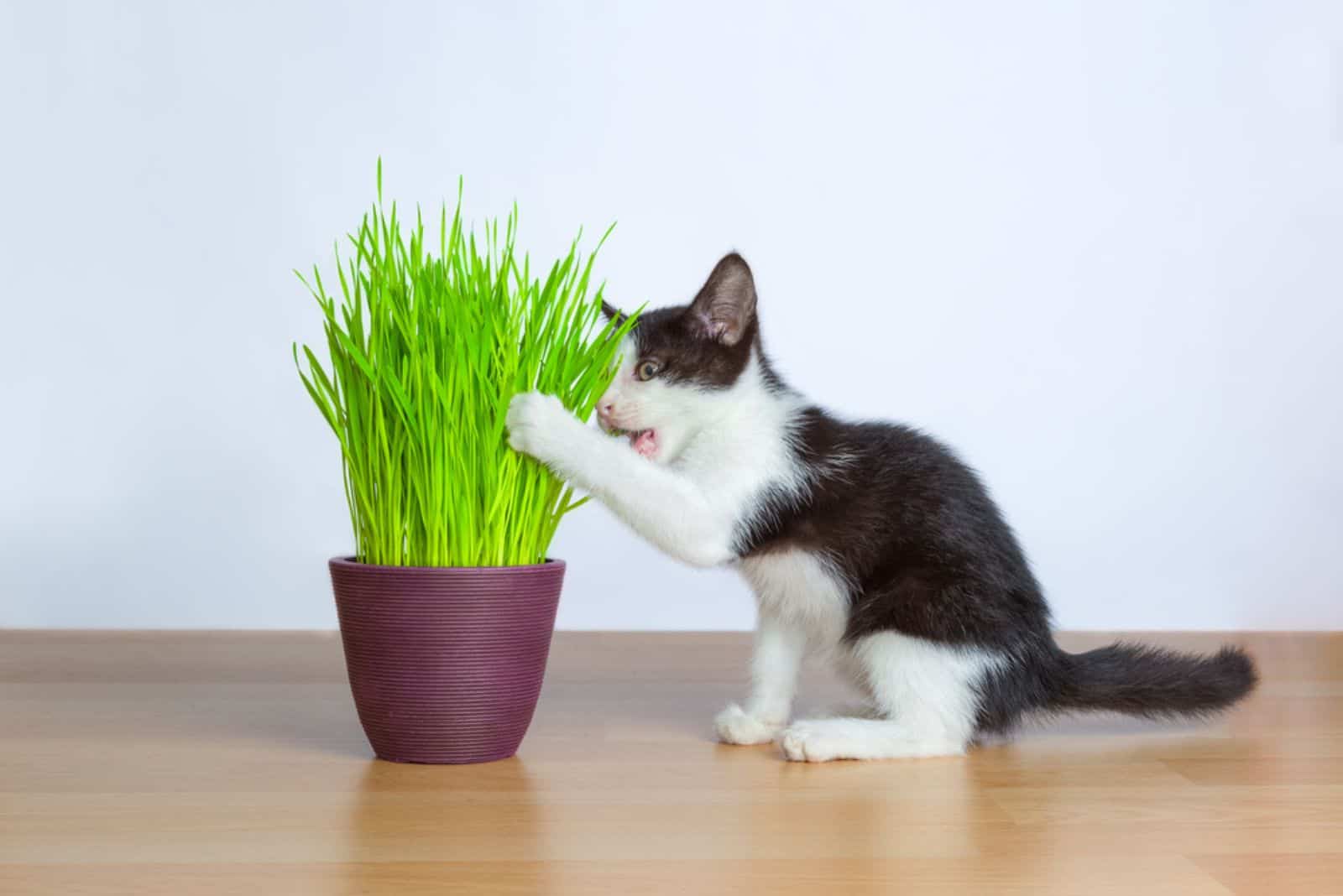
Cats are obligate carnivores, which means their digestive tract is strictly adapted for the digestion of animal proteins. This also implies that the cat’s digestive tract is incapable of handling vegetables, fruits, or grains.
Seeing your cat munching away on grass can signal gastrointestinal problems, and eating wheatgrass comes to them like taking a laxative medication.
Your Cat Wants To Calm Its Stomach
Your cat either had an upset stomach or wanted to get rid of superfluous bones or skin, cat hair, or any other potential impediment. However, modern-day feline experts are beginning to reconsider this hypothesis.
Some cats may never touch it, while others appear to be drawn to everything green, safe or harmful, edible or not.
For A Clean Digestive System
Another idea speculates that cats evolved to consume grasses to keep their digestive systems clean, similar to how wild felines (lions, tigers, and others) utilize plants to battle intestinal parasites.
Getting Rid Of Toxins
Another notion is that cats with renal problems, diabetes, or respiratory infections may use wheatgrass to flush toxins, germs, fungus, viral debris, or toxins out of their bodies. However, we don’t know this for sure at this moment.
Also, if you observe your cat eating more greens, especially wheatgrass, it might be associated with kidney disease. If this is the case, contact your veterinarian before making any big dietary modifications.
This isn’t 100% a proven theory, but it’s always better to check and be safe!
Do They Like Eating Wheatgrass?
Cats enjoy eating fresh wheatgrass because they can normally digest it. Wheatgrass is sold in small tubs at the checkout area and is marketed as “cat grass” or “pet grass” in pet shops. This is just plain wheatgrass that is clean, fresh, and free of parasites.
Typically, pet stores would obtain shipments from local farms and markets that sell to people and relabel them to appeal to pet owners.
It is absolutely harmless and beneficial to both cats and dogs. It’s also safer than letting your cat eat grass outside because it’s free of pesticides and other potentially harmful pollutants.
Growing Wheatgrass For Cats

Growing wheatgrass for cats is straightforward if you have a dimly lit room in which you can safely store it while it develops and a sunny ledge on which to lay your tray once the grass seeds have taken root and grass blades have begun to develop and germinate.
To avoid mold and keep grass growing, keep the room temperature between 60 and 80 degrees Fahrenheit.
All You Need To Do
You only need wheat berries, potting soil, a tray for planting, and a watering can to grow wheatgrass for cats. Soak the wheat three times (if you can) for eight hours each time.
Then spread the wheat berries over the top of the soil which you put at the bottom of the planting tray. Place in a dark, room-temperature corner and water once or twice a day, just enough to keep the soil moist until the seeds start to grow.
Water sparingly at the soil level for three to four days or until grass blades are an inch or so long. Bring them out of the darkness and place them in a brightly lit area.
How To Safely Feed It To Your Cat
You may feed wheatgrass to your cat six to seven days after planting.
Place it in an inconspicuous location where the cat will discover it, such as near its food bowl, and allow the cat to chew on it as often as it wants, just pay attention that it doesn’t eat too much of it.
You can also clip some of it, chop it up and serve it together with the cat food. Water the grass regularly to keep it fresh and green.
After a period, the grass stalks will turn brown and die back, at which point you should remove it from your cat and repeat the process.
Can Cats Eat It Every Day?

If possible, your cat should be able to consume small amounts of wheatgrass every day. You should contact your veterinarian since estimating the number of clippings they can have is tricky.
You should also ensure that the wheatgrass your cat consumes is free of hazardous chemicals.
Cats Are Carnivores, But…
Felines, being predatory creatures, cannot subsist on vegetation. Cats do eat grass on occasion, despite their predominantly carnivorous diet. You may see your cat nibbling on wheatgrass if you let it out in the yard or somewhere else outside.
This is not uncommon, particularly in longhaired breeds and cats with gastrointestinal issues. Wheatgrass offers both advantages and disadvantages. In certain cases, the disadvantages outweigh the benefits of wheatgrass.
Is It Really That Healthy?
Many people, including many experts and veterinarians, swear by the health advantages of wheatgrass. Wheatgrass is full of proteins, fiber, vitamins, and minerals, among other nutrients.
It also contains a lot of chlorophyll, which is required for the formation of hemoglobin. It also has a high concentration of antioxidants. Doesn’t it sound fantastic?
Highly Beneficial
This plant is beneficial to the cat’s intestinal health, despite the risks. It can empty the digestive tract of any foreign items, including hairballs and other particles that may cause blockage, because it stimulates cats to vomit.
Cats hate vomiting, of course, yet their natural instincts tell them that eating wheatgrass will help empty their digestive tract. That is the most common reason your pet may feel obligated to consume some blades of grass.
Is It Safe For Kittens To Eat Wheatgrass?
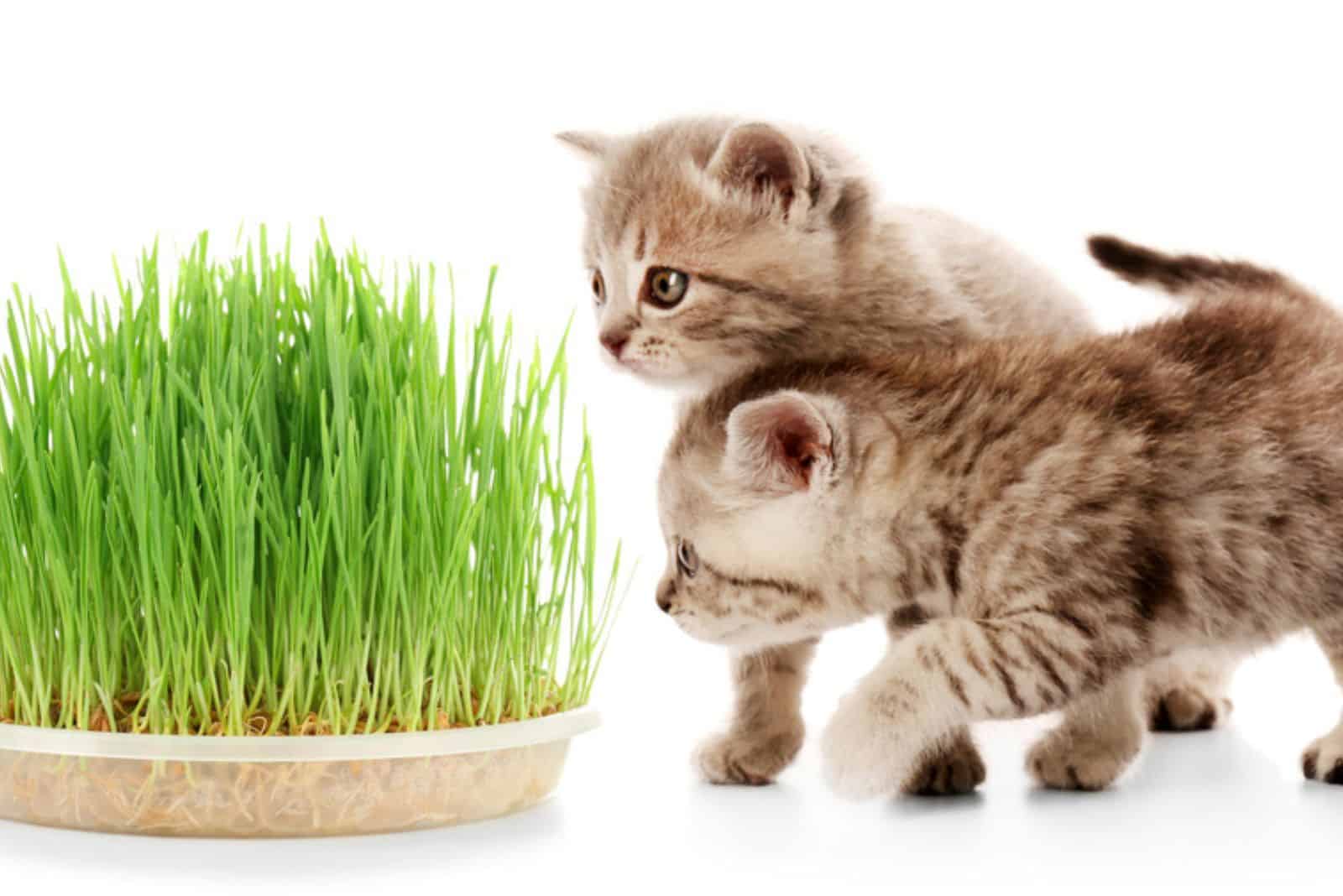
Wheatgrass is beneficial to diabetic kittens and felines since it is low in carbs. Even though wheatgrass is healthy for all cats, there is no reason to overuse it.
Don’t overfeed your cat with wheatgrass, and don’t use it as a replacement for his or her normal food. Consuming too much wheatgrass might cause vomiting and pooping stomach issues in cats.
Cats, as previously said, are not designed to eat vegetables. This suggests that the amount of plant food it consumes should be limited.
You should also be careful and pay attention if your cat begins eating wheatgrass or houseplants unexpectedly, so you can prevent it.
Some Other Cat-Safe Plants
Catnip
Most cat owners know about catnip, the dry herb form available at most pet stores, but did you know that you can also plant and grow catnip plants?
Cats may consume and play with fresh catnip plant parts as well. If you have a catnip junkie, planting and growing your own catnip herbs will save some money!
Lemon Thyme
Another citrus-scented alternative for pet owners is lemon thyme. Lemon thyme, on the other hand, does not repel mosquitoes as well as lemongrass.
Fortunately, it is simple to grow; all it needs is a spot that receives enough sun and water on a regular basis. You may also use this herb in your cooking.
Cat Grass
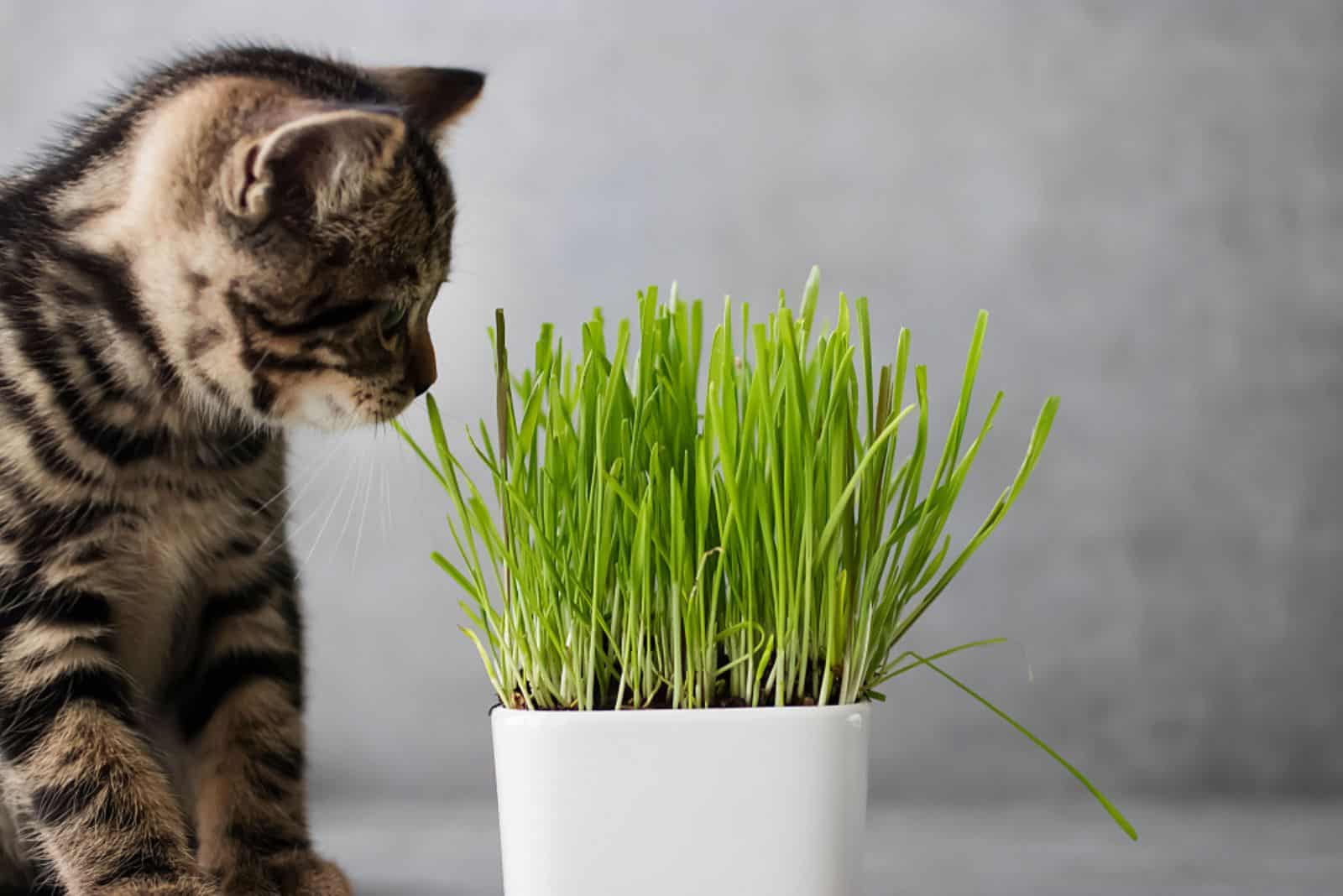
Cat grass is a great plant for cat parents who have a cat that likes to devour their houseplants. Cat grass is a grass seed combination that includes barley, rye, and wheat that cats may consume for health advantages!
Similarly, if cats consume wheatgrass, which is incredibly beneficial for cats, it can even be considered an important element of their diet.
Spider Plant
A veterinary favorite, this plant is easy to grow inside the house and extremely tough. Spider plants are also excellent air purifiers, so they may assist in the removal of pollutants from your house.
Lemongrass
Lemongrass is an excellent alternative for pet parents who despise mosquitos and enjoy citrus aromas, as this citrus plant is widely renowned for its mosquito-repelling properties. If you like tea, lemongrass also makes a terrific one!
Valerian

Valerian is a cat-safe plant for cat parents who want to create a lovely environment for their cats.
Every part of the valerian plant is safe for your cat to eat, including the stems, leaves, and flowers, and the valerian blooms are a stunning, elegant purple flower that will brighten up any area!
They may be cultivated both indoors and outdoors if you wish to decorate your yard as well!
Calathea Orbifolia
If you ask me, the leaf design on this Calathea is stunning. This houseplant requires moderate shadow, making it ideal for a plant stand or shelf in a bedroom with limited natural light.
Final Thoughts
To sum up, wheatgrass for cats has a lot of benefits, but it can also be harmful to their digestive system. If you plan on feeding wheatgrass to your cat, grow wheatgrass yourself!
You can grow it in your home for the safest and most nutritious result. Consult your vet about the amount of wheatgrass you can safely feed to your cat and add it to its diet if your cat seems to like it.
Fresh wheatgrass can be good for your cat’s digestion, but it can also upset their stomachs; it’s a thin line. Home-grown wheatgrass is the safest option, and when given in small amounts, it will perform its nutritious duty.
However, don’t force it; you’re not losing anything if your cat doesn’t feel like munching on wheatgrass.
Related Articles:
• Can Cats Eat Cucumbers, Or Are They Too Afraid Of Them?
• Can Cats Eat Garlic? Does Your Cat Claw At Garlic Cloves?
• Can Cats Eat Olives? Pros And Cons Of Olives As Cat Treats

